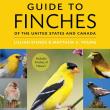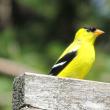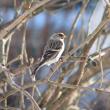Obsessed with Finches
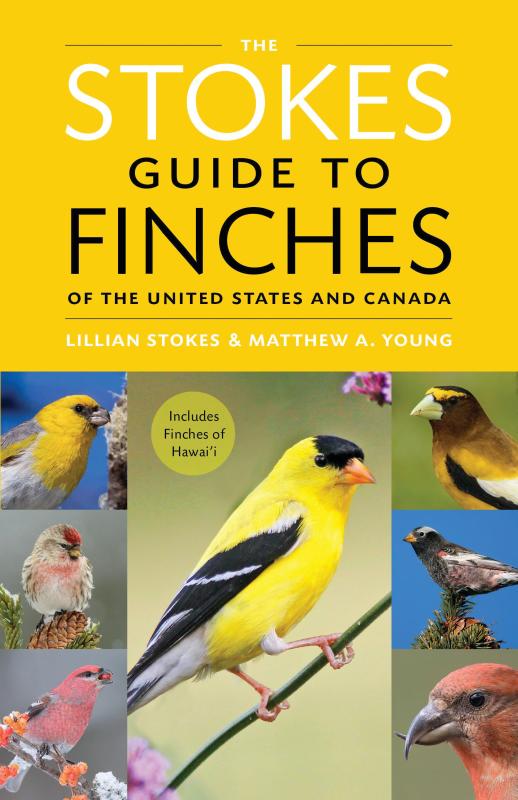 Among the fresh, new avian volumes this year is one co-authored by the authors' old friend from their days at the Cornell Lab of Ornithology.
Among the fresh, new avian volumes this year is one co-authored by the authors' old friend from their days at the Cornell Lab of Ornithology.
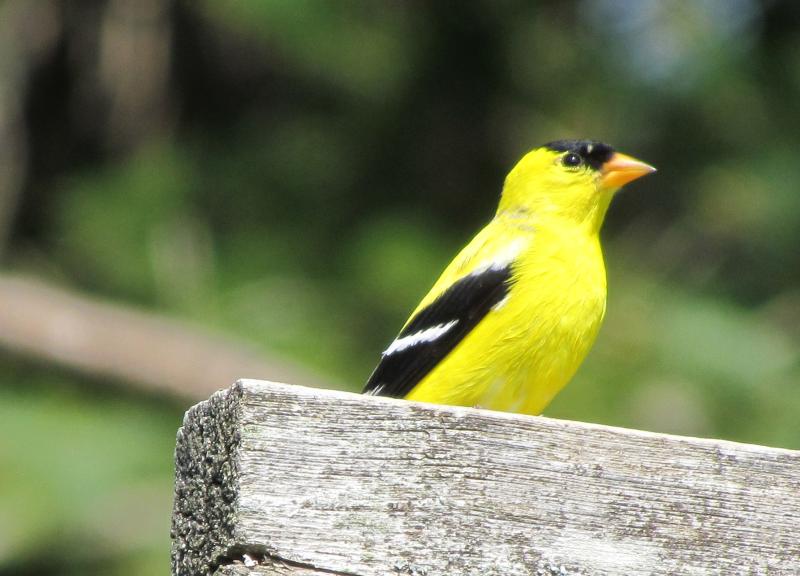 Perhaps the most well known and often seen finches is the American goldfinch. Courtesy of Jeff and Allison Wells
Perhaps the most well known and often seen finches is the American goldfinch. Courtesy of Jeff and Allison Wells
 Common redpolls are among the northern finch species that birders excitedly hope to see during "irruption" years, when the species moves south in large numbers. Courtesy of Jeff and Allison Wells
Common redpolls are among the northern finch species that birders excitedly hope to see during "irruption" years, when the species moves south in large numbers. Courtesy of Jeff and Allison Wells
 Among the fresh, new avian volumes this year is one co-authored by the authors' old friend from their days at the Cornell Lab of Ornithology.
Among the fresh, new avian volumes this year is one co-authored by the authors' old friend from their days at the Cornell Lab of Ornithology.
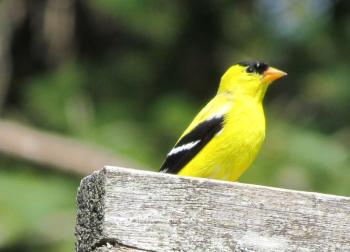 Perhaps the most well known and often seen finches is the American goldfinch. Courtesy of Jeff and Allison Wells
Perhaps the most well known and often seen finches is the American goldfinch. Courtesy of Jeff and Allison Wells
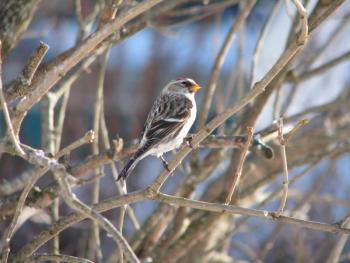 Common redpolls are among the northern finch species that birders excitedly hope to see during "irruption" years, when the species moves south in large numbers. Courtesy of Jeff and Allison Wells
Common redpolls are among the northern finch species that birders excitedly hope to see during "irruption" years, when the species moves south in large numbers. Courtesy of Jeff and Allison Wells
Depending on your point of view, the number of new books on birds published each year is either a fabulous blessing or a confusing babble. Maybe a little of both.
We, personally, love to discover the new offerings each year to see what we can learn and how books on birds may be evolving.
Among the fresh, new avian volumes this year is one co-authored by an old friend from our days at the Cornell Lab of Ornithology. His name is Matt (Matthew) Young, and he has recently published, with Lillian Stokes, a book called “The Stokes Guide to Finches of the United States and Canada.”
You may remember Lillian Stokes from her decades of writing and publishing books on birds and other natural history subjects with her husband Don. She and Don together published 35 books in their Stokes Guides series that started some time after Don authored a couple of books himself in the late 1970s (Jeff received a copy of Don’s “A Guide to the Behavior of Common Birds” as a Christmas gift from his parents in 1980). Together, they went on to found a birding empire of sorts including as hosts of several television shows on birds that inspired many people to learn more about birds and birding.
We can’t remember exactly when we first met Matt Young, but it must have been in the 1990s. We do remember that there was a period around that time in Ithaca (where the Cornell Lab of Ornithology is located and where we were living) that we used to talk about “the Matts.” There were three young, avid birders all with the first name of Matt who, like us, were very active in the birding scene there at the time. All of the Matts have continued on to work in some way or another with birds or natural history-related topics.
Matt Young’s interest and curiosity became particularly focused on the finches. That led him to engage in various research projects on finches including how to separate the different types of red crossbills by their calls. Perhaps some of you may have emailed sound recordings to Matt to identify the type of red crossbill? Matt’s love of finches led him to start something called the Finch Research Network in 2020. In a way, it’s no surprise that the next step in his obsession with finches led to this wonderful new book.
“The Stokes Guide to Finches of the United States and Canada” is, despite its perhaps heavy-sounding name, a delightful and easy-to-read book. It is beautifully designed and full of gorgeous photos. It has many unique features that we love including Lillian’s short essays (“Quick Take”) that begin each species account; colorful maps that make sense out of the complicated ways that populations of some finches ebb and flow across the continent; charts of the foods they prefer through the seasons’ gobs of natural history information, and a section that they charmingly title “Language,” which describes the songs and calls. There is an account for each species of finch (including also the Hawaiian honeycreepers) and also chapters on feeding and attracting finches, movements and irruptions, and research and conservation.
It’s the kind of book that you can flip through to find something that strikes your curiosity (check out the Fun Facts or the Deeper Dives), or you can sit down and read each species account and chapter from cover to cover.
Either way, you will love this book! Pick it up for yourself or as a gift at your local bookstore or favorite online bookseller.
Jeffrey V. Wells, Ph.D., is a Fellow of the Cornell Lab of Ornithology and Vice President of Boreal Conservation for National Audubon. Dr. Wells is one of the nation's leading bird experts and conservation biologists. He is a coauthor of the seminal “Birds of Maine” book and author of the “Birder’s Conservation Handbook.” His grandfather, the late John Chase, was a columnist for the Boothbay Register for many years. Allison Childs Wells, formerly of the Cornell Lab of Ornithology, is a senior director at the Natural Resources Council of Maine, a nonprofit membership organization working statewide to protect the nature of Maine. Both are widely published natural history writers and are the authors of the popular books, “Maine’s Favorite Birds” (Tilbury House) and “Birds of Aruba, Bonaire, and Curaçao: A Site and Field Guide,” (Cornell University Press).




